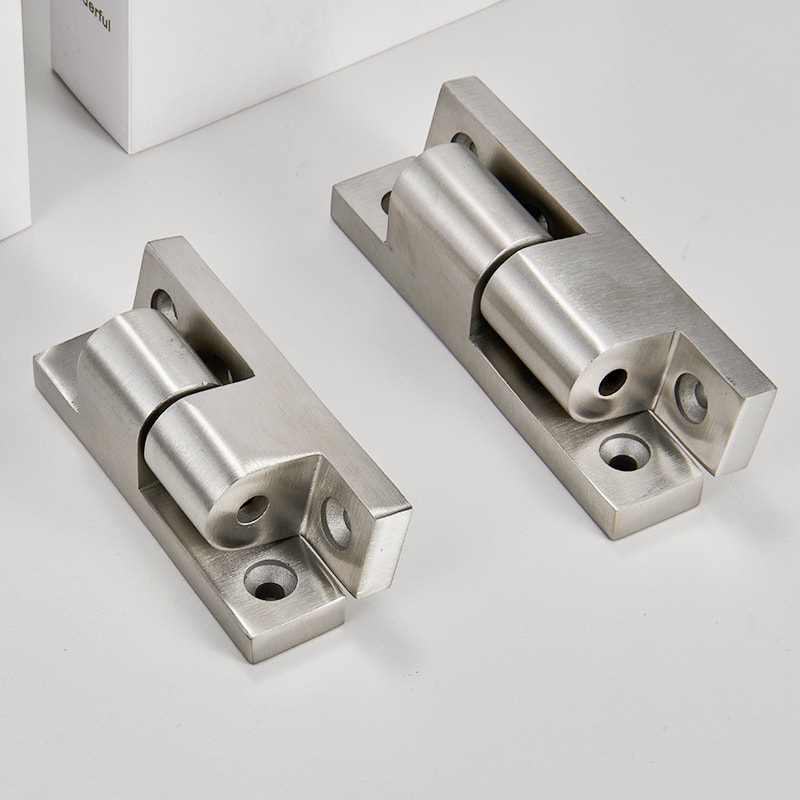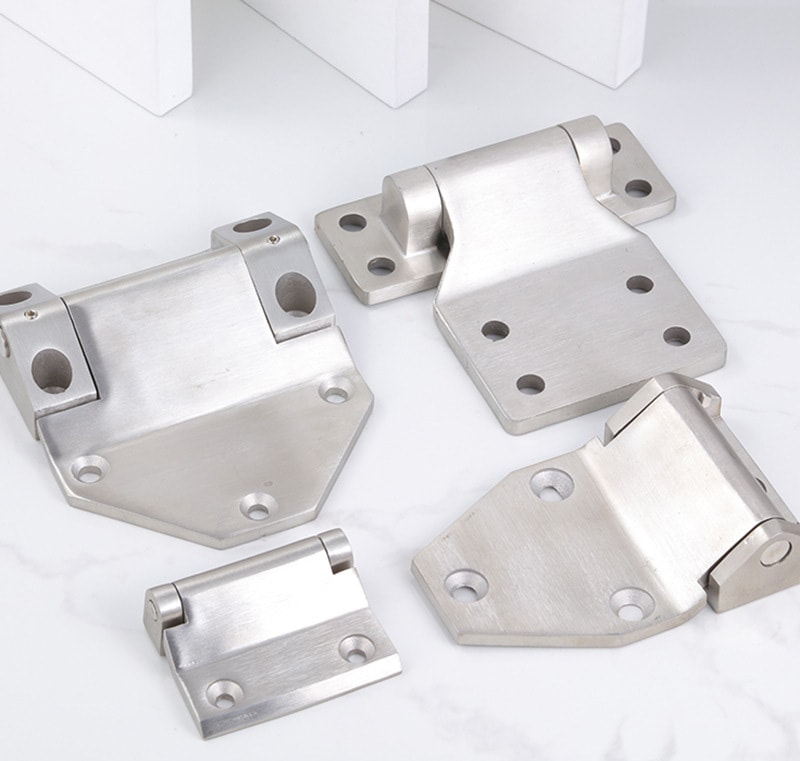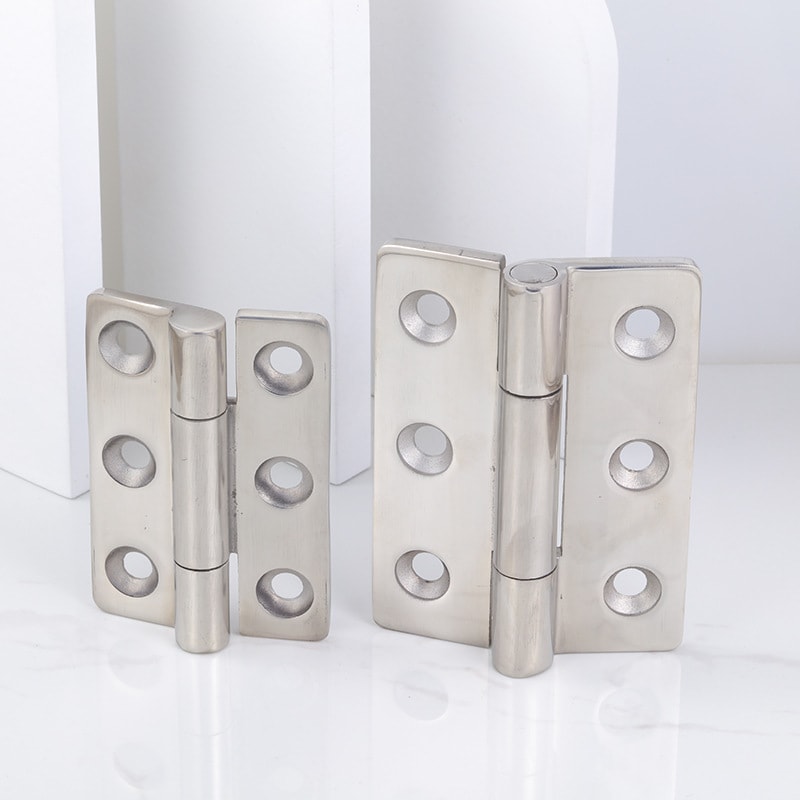Selecting the right type of hinge for a large door is critical, not only for the door’s functionality but also for its longevity and ease of use. Large doors, such as entryway doors, garage doors, or commercial building doors, require hinges that can support their weight and frequent usage without compromising on smooth operation.
Understanding the different types of large door hinges is essential for anyone involved in the design, construction, or maintenance of buildings.From heavy-duty hinges designed for industrial applications to decorative hinges that enhance aesthetic appeal, the range of available options ensures that there is a hinge type to meet every need.
This post will explore five key types of large door hinges: Butt Hinges, Continuous Hinges, Pivot Hinges, Strap Hinges, and Heavy-Duty Hinges. Each type offers unique benefits and is suited to specific applications, which we will discuss in detail.Ensuring the right hinge type is selected can significantly affect a door’s performance, security, and appearance.

Butt Hinges
Butt hinges are one of the most common types used in residential and commercial doors. They consist of two plates, known as leaves, connected by a pin. One leaf is attached to the door frame, while the other is attached to the door itself, allowing for a wide range of motion. These hinges are versatile and can be used on a variety of door sizes, but are particularly well-suited for large doors when made from materials capable of supporting greater weights.
Butt hinges are available in a range of materials, including steel, brass, and stainless steel, making them suitable for different environments and applications. For large doors, selecting a butt hinge that can withstand the door’s weight is crucial. Heavy-duty butt hinges are designed to support larger loads, ensuring that the door operates smoothly and securely over time.
Continuous Hinges
Also known as piano hinges, continuous hinges run the entire length of the door, distributing weight and stress more evenly than other hinge types. This design minimizes the risk of the door sagging or warping, making continuous hinges an excellent choice for tall or heavy doors. They are often used in high-traffic areas where door durability and reliability are paramount.
Continuous hinges are available in various materials and thicknesses, allowing them to be customized to the specific needs of the door and environment. Their ability to provide consistent support along the door’s entire edge also helps to enhance security, as there are no gaps or weak points that can be easily compromised.
Pivot Hinges
Pivot hinges offer a sleek and modern alternative to traditional hinge types, with the hinge mechanism mounted at the top and bottom of the door, rather than the side. This allows for a clean look, as the hardware is largely hidden from view. Pivot hinges are ideal for large, heavy doors, as they can support a lot of weight and facilitate a smooth, effortless swing.
The unique mounting of pivot hinges enables doors to swing both inwards and outwards, providing flexibility in door design and functionality. They are commonly used in commercial settings, such as entry doors to buildings or offices, where a strong visual impression and high functionality are required.

Strap Hinges
Strap hinges are characterized by their long, narrow leaves, which resemble straps. They are often used for doors that require a rustic or traditional appearance, such as barn doors or gates. Despite their decorative appearance, strap hinges are highly functional and capable of supporting large, heavy doors.
The length of the strap can be varied to distribute the door’s weight as needed, making them a versatile choice for different door sizes and weights. They are also available in a variety of materials and finishes, allowing them to be tailored to the specific style and requirements of the door and building.
Heavy-Duty Hinges
Heavy-duty hinges are specifically designed to support the weight and usage demands of large, industrial doors. These hinges are made from high-strength materials such as steel or stainless steel and often feature robust mechanisms like ball bearings to ensure smooth operation. They are ideal for doors that are subject to frequent use or that need to withstand harsh conditions.
Besides their strength, heavy-duty hinges are also designed for security. Many feature tamper-resistant designs, making them suitable for applications where door security is a priority. Whether for a warehouse, a commercial garage, or a secure entrance, heavy-duty hinges provide the durability and reliability required for peace of mind.

Conclusion
Understanding the different types of large door hinges is crucial for selecting the right hinge for your door’s specific needs. From the traditional butt hinge to the robust heavy-duty hinge, each type offers unique advantages in terms of design, functionality, and security. By carefully considering the door’s size, weight, usage, and environment, you can ensure that your doors operate smoothly, securely, and efficiently for years to come.
You may be interested:
- Top 10 Features of Long Hinges for Doors
- Top 10 Important Things You Need to Know Before Ordering Machine Door Hinges
- Top 10 Frequently Asked Questions About Offset Pivot Hinge
- 10 Common Knowledge About Heavy Duty Piano Hinges
You may be interested:
- Top 10 Features of Long Hinges for Doors
- Top 10 Important Things You Need to Know Before Ordering Machine Door Hinges
- Top 10 Frequently Asked Questions About Offset Pivot Hinge
- 10 Common Knowledge About Heavy Duty Piano Hinges




